Although credit institutions are quite proactive in approaching businesses and projects in the green economic sector for cooperation and funding, the key to increasing the greening rate of capital flows into this sector lies with the business community, especially import-export businesses.
| Green credit: Waiting for criteria and mechanisms to accelerate Lack of classification standards can easily cause confusion about green projects |
“Brown economy” still accounts for 98%
According to Associate Professor, Dr. Nguyen Dinh Tho, Director of the Institute of Strategy and Policy on Natural Resources and Environment (Ministry of Natural Resources and Environment), although the investment in developing a green economy in Vietnam has been focused and paid attention by the Government, ministries, branches and localities, the green economic growth rate in recent years has reached double digits (12 - 13%), however, the scale of the green economy in the proportion of the national economy is still very small.
“Up to now, Vietnam’s green economy ranks 79/160 globally, equivalent to the top 50%. In terms of green infrastructure, Vietnam is only at 94/160, in the top 75% globally. The current scale of our country’s green economy is only 2%, meaning that the brown economy still accounts for 98%,” said Mr. Tho.
According to Mr. Tho, since the end of 2023, major markets (such as the EU) have applied the carbon adjustment mechanism (CBAM), directly affecting the cement, iron, steel, aluminum and chemical industries, especially fertilizers, pesticides, electricity and hydrogen. From the beginning of 2025, European anti-deforestation regulations will directly affect Vietnam's agricultural products. Meanwhile, Vietnam is still in the top 20 countries with the highest emissions in the world. Therefore, if we do not quickly reform and apply green economic standards, the risk of being tightly controlled by trading partners is very high.
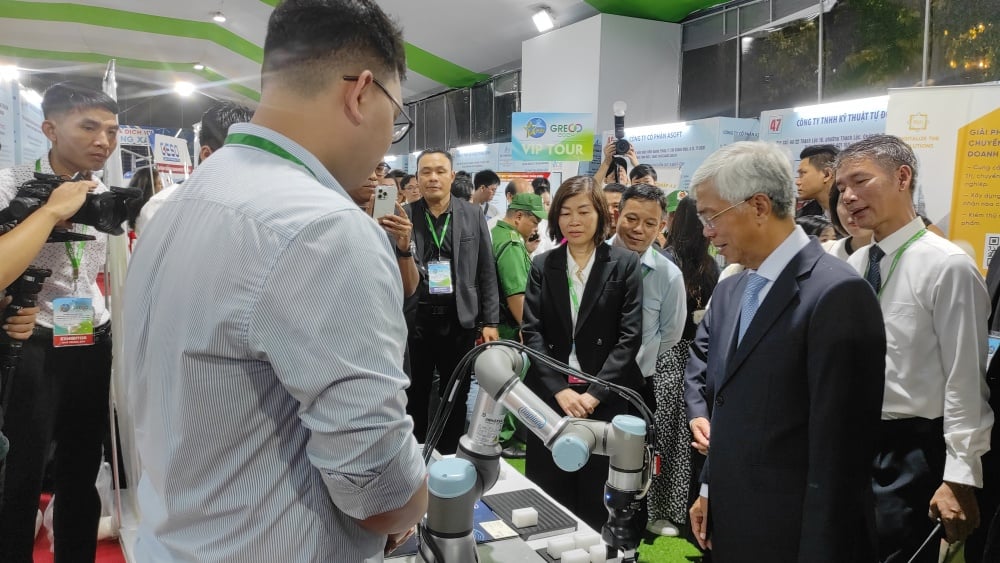 |
| Many technologies supporting businesses in green transformation are introduced at conferences and exhibitions on green economic development, but not many businesses have enough resources to invest and apply them in practice. Photo: Q.Huy |
Sharing the same view, Mr. Phan Dinh Tue, Vice President of Ho Chi Minh City Business Association (HUBA) said that, although currently, the awareness of green transformation and greening of production and export processes is very necessary and urgent. Because investing in building and operating green standards will help businesses enhance their brand reputation, attract and retain talent, access new markets as well as mobilize financial resources. However, in reality, the number of businesses, especially small and medium enterprises, with enough resources to invest in green transformation is not large.
“Currently, 80-90% of small businesses are still concerned with “eating to be full and eating well” but not many businesses think about “how to eat safely and protect the environment,” Mr. Tue compared.
From the perspective of someone who has worked for many years at commercial banks, Mr. Tue assessed that in recent years, the system of credit institutions has been very active in implementing financial products and services, and credit for the green economy. However, to access credit capital and preferential interest rate programs, businesses are required to meet green criteria in terms of infrastructure, technology, production processes, and exports.
Similarly, Mr. Nguyen Ba Hung, Chief Economist in Vietnam of ADB, said that up to now, about 4.5% of total outstanding loans of credit institutions in Vietnam are calculated by banks as green credit, about 21% of loans are assessed by banks on environmental and social factors. These are very positive signs.
However, Mr. Hung believes that to increase the scale of the green finance and green credit market, the "key" lies with businesses, not with credit institutions and financial institutions.
“Because if businesses do not transform themselves into green, the money coming into the business will not be green. Businesses themselves must transform into green first, then the funding sources for the business's green transformation activities will become green finance,” Mr. Hung analyzed.
Need practical incentive mechanisms
According to Dr. Tran Du Lich, Economic Expert - Chairman of the Advisory Council for the implementation of Resolution 98 in Ho Chi Minh City, currently, from the perspective of ministries and sectors, the banking sector has been quite active in promoting the development of green economy and circular economy. Specifically, since 2015, the State Bank has coordinated with the IMF to issue a handbook on financing green projects for many sectors and fields. Commercial banks are now also using green standards, providing their own measures in assessing environmental and social criteria.
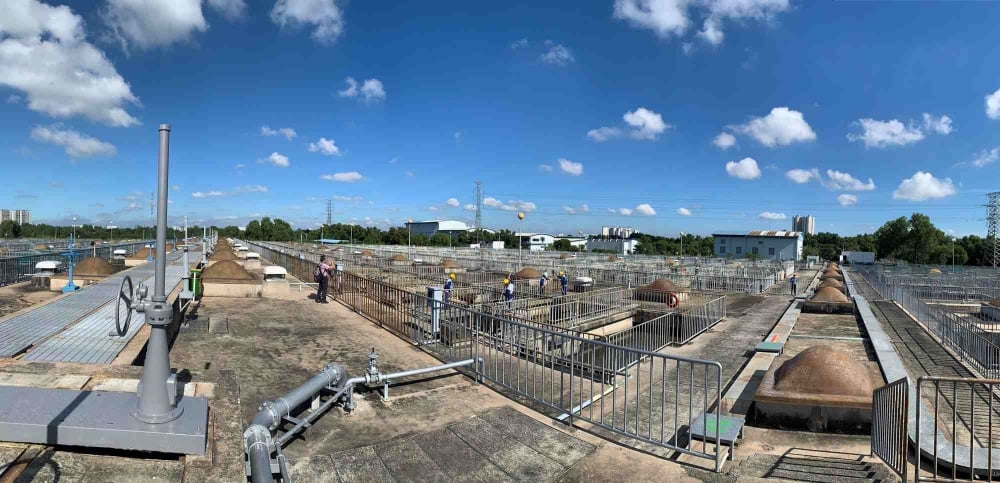 |
| Ho Chi Minh City is currently developing many programs, projects, strategies, and policies to support green economic development. In the near future, many large green infrastructure projects will be completed (Photo: Binh Hung Wastewater Treatment Plant Phase 2 is gradually being completed - Q. Huy) |
From a local perspective, according to Mr. Lich, Ho Chi Minh City has recently initiated the issuance of VND3,000 billion in green bonds for 34 projects. However, this scale is still very small compared to the total investment demand in areas such as renewable energy, sustainable transport and waste management. Therefore, international financial institutions are still hesitant to participate in cooperation and investment.
According to Dr. Lich, Ho Chi Minh City is currently implementing pilot mechanisms for socio-economic development according to Resolution 98/2023/QH15. Recently, the policy of supporting interest rates on loans from HFIC has been resumed for businesses and projects in priority development areas in the locality. However, regulations specifically related to the green economy sector have not been emphasized, creating separate support and funding mechanisms suitable for each industry and profession.
“In the near future, we will propose to the Ho Chi Minh City People's Committee to implement a mechanism to use the budget to subsidize credit interest rates for green projects, and at the same time consult relevant departments and branches to develop criteria sets to evaluate and classify projects and provide incentives and support levels,” said Mr. Lich.
Regarding the banking sector, Mr. Nguyen Duc Lenh, Deputy Director of the State Bank of Vietnam, Ho Chi Minh City Branch, said that recently, the State Bank of Vietnam has issued many directives related to green finance and green credit. In the coming time, the State Bank of Vietnam will continue to improve the legal framework to support green development, including issuing preferential policies on interest rates for green loans, diversifying credit products and improving the capacity of credit institutions to expand access to green credit for businesses.
However, according to commercial banks and economic experts, to increase the scale of the green economy in Vietnam in the coming time, ministries and branches need to speed up the completion of legal frameworks as well as calculate and build appropriate incentive, priority and support mechanisms for green businesses and green projects.
At the national level, Dr. Bui Duy Tung (RMIT University Vietnam) said that the Government can consider establishing a National Green Finance Council with the role of coordinating and monitoring green finance programs. This council can create a platform for regular dialogue between management agencies, businesses and financial institutions to resolve problems. Meanwhile, to address the challenges of green finance, it is necessary to build a clear legal framework and synchronous green classification criteria; at the same time, establish a green classification standard system to ensure transparency and practical applicability.
Particularly for activities supporting green transformation of enterprises, experts believe that the state budget (both central and local) needs to increase funding resources in terms of taxes, fees and direct support for projects. At the same time, there needs to be specialized units to guarantee finance for green projects so that credit institutions can boldly provide funding to ensure that green loans are "injected" into the right place, used for the right purpose, and achieved high efficiency.
Source: https://thoibaonganhang.vn/von-tin-dung-xanh-can-doanh-nghiep-di-truoc-158596.html

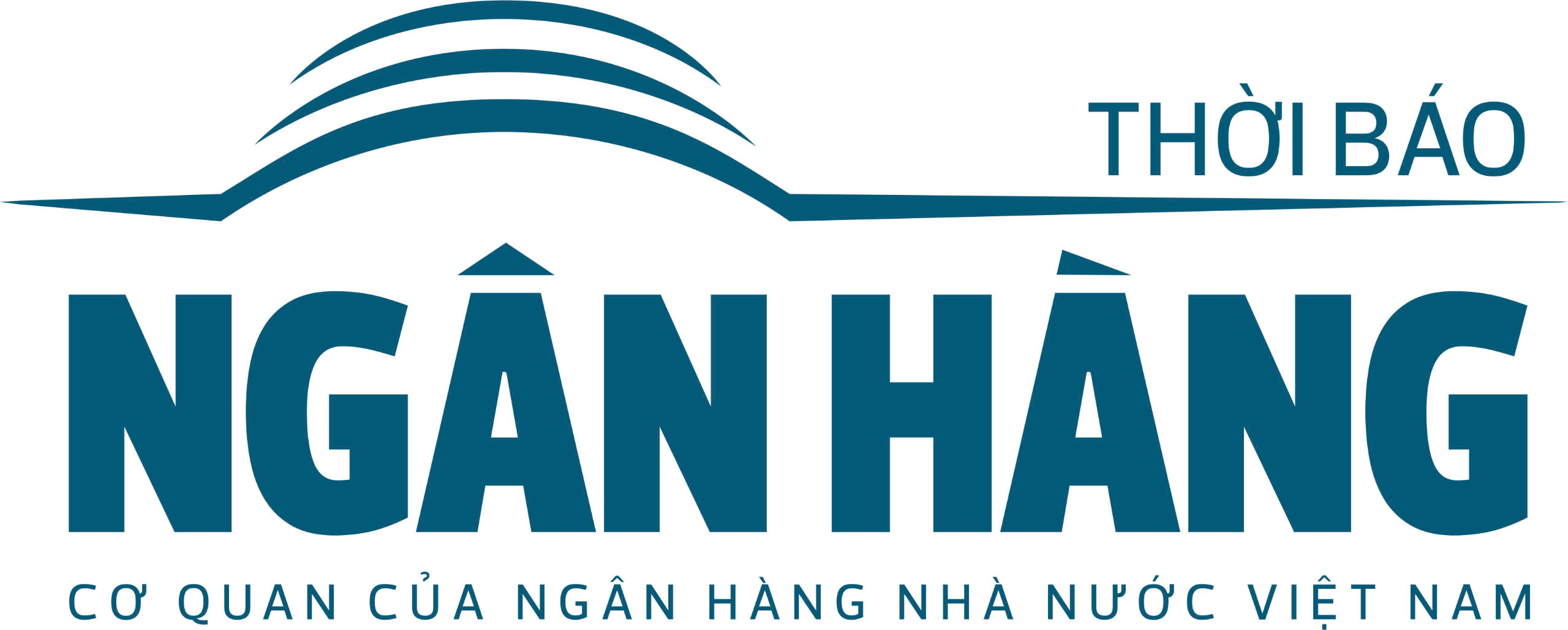
![[Photo] Looking back at the impressive moments of the Vietnamese rescue team in Myanmar](https://vstatic.vietnam.vn/vietnam/resource/IMAGE/2025/4/11/5623ca902a934e19b604c718265249d0)


![[Photo] "Beauties" participate in the parade rehearsal at Bien Hoa airport](https://vstatic.vietnam.vn/vietnam/resource/IMAGE/2025/4/11/155502af3384431e918de0e2e585d13a)


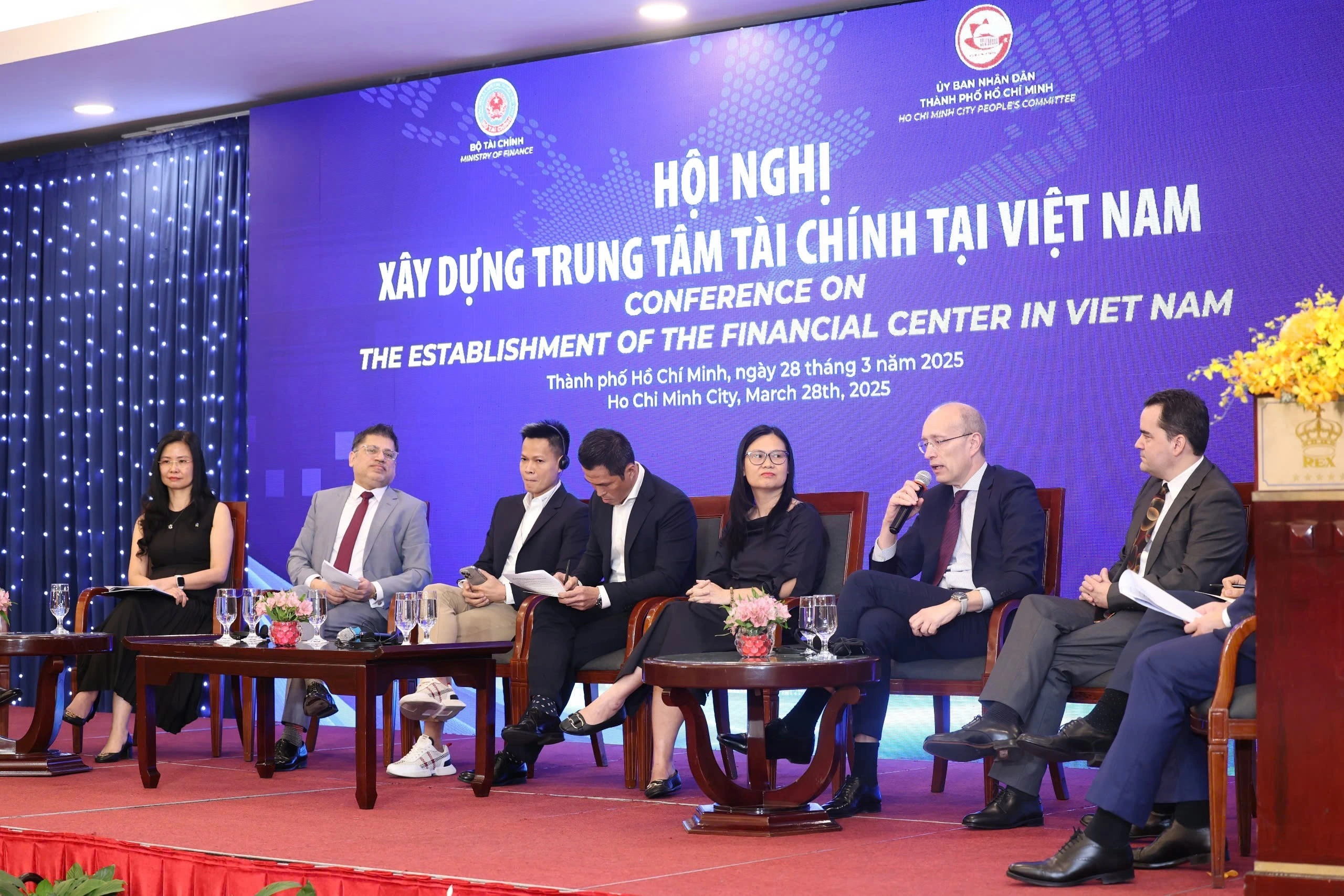



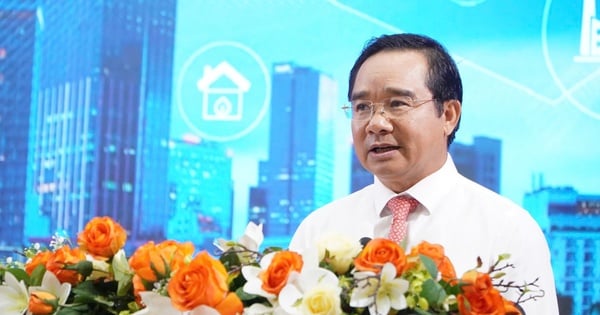

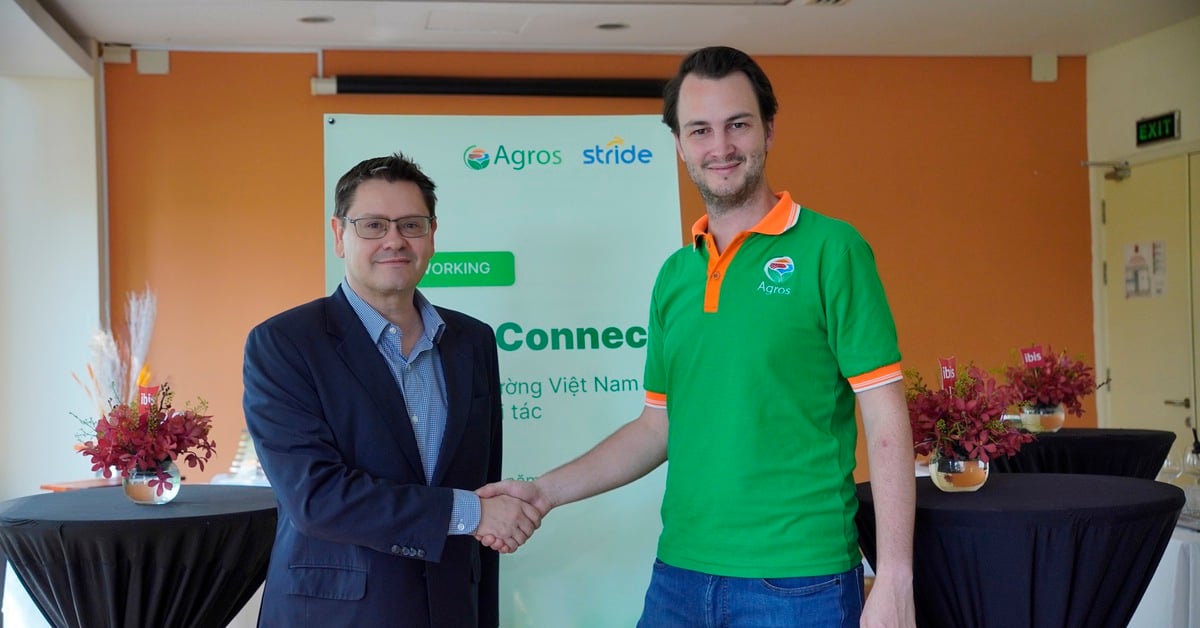

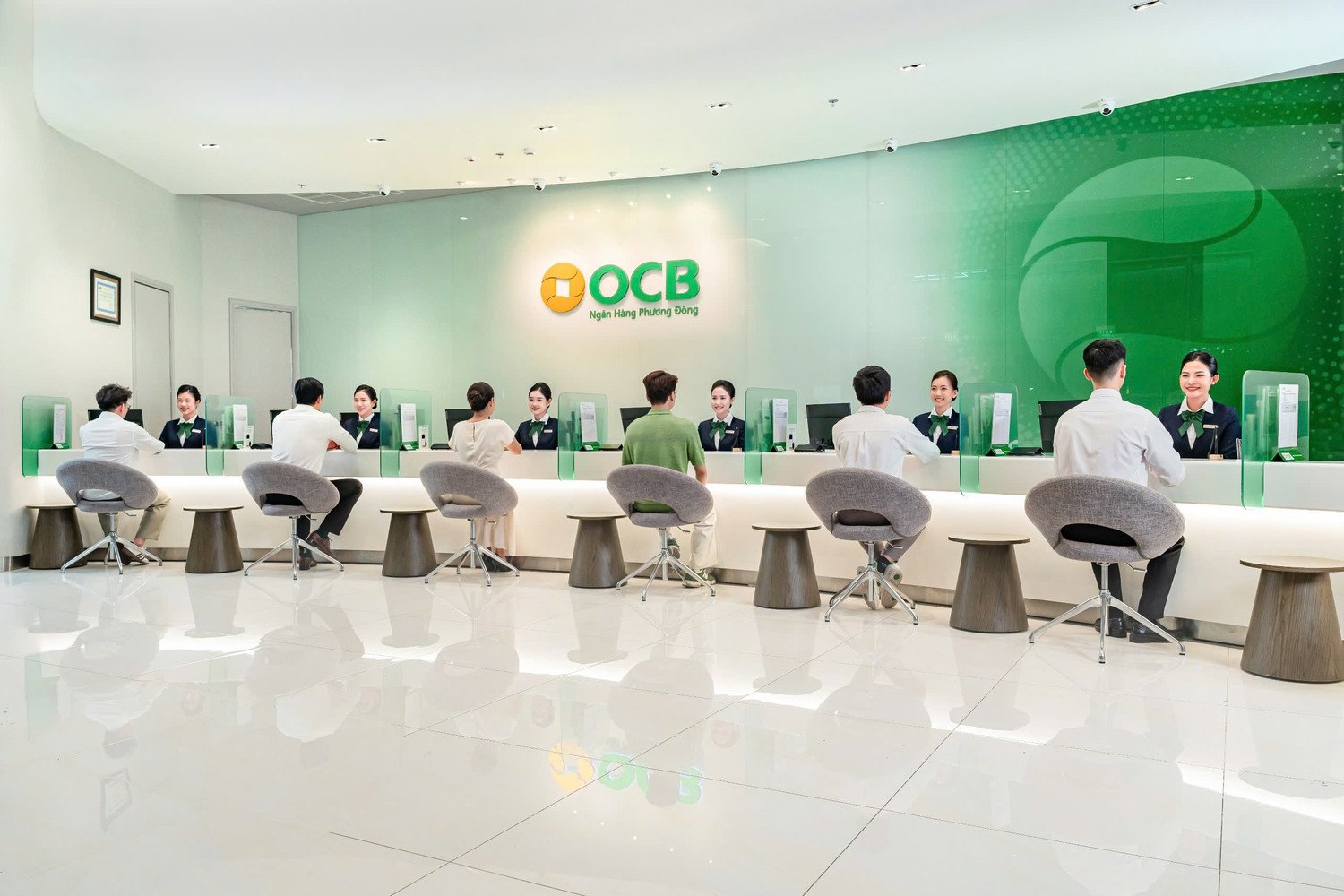

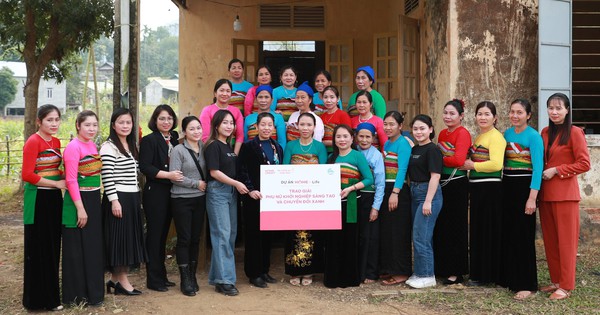
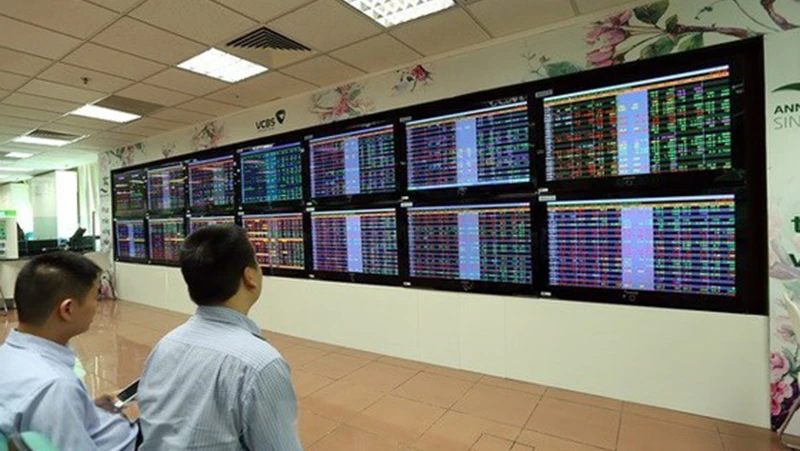


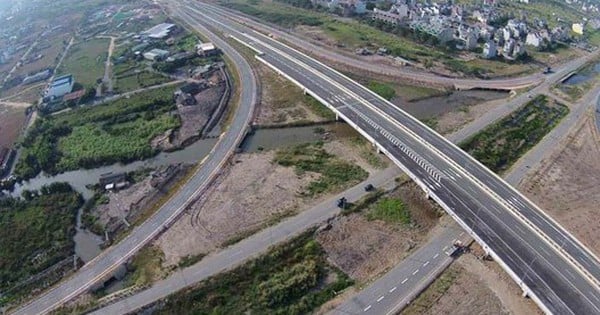




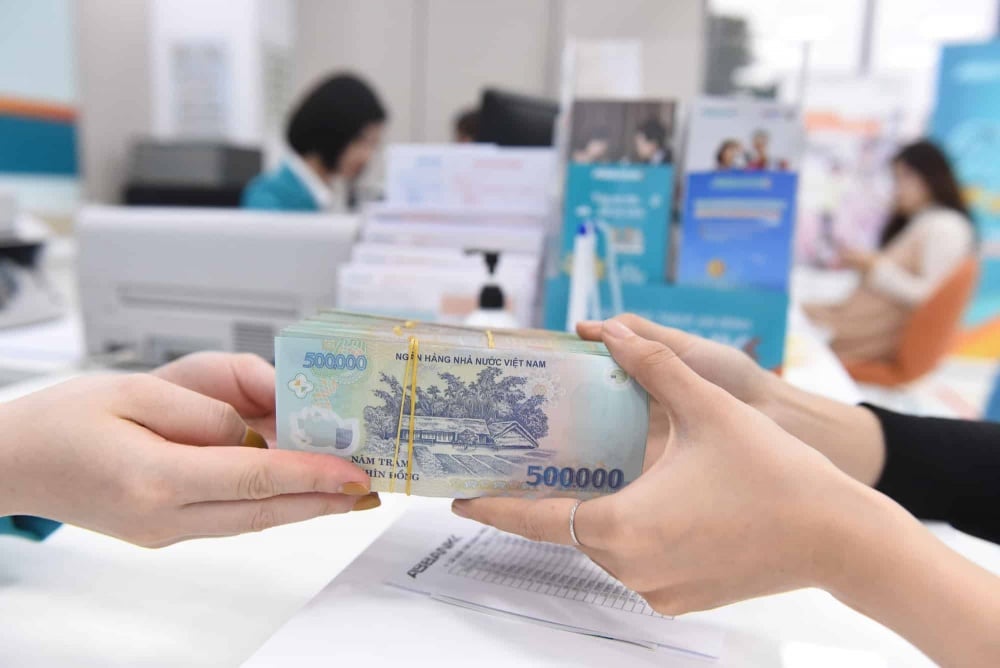



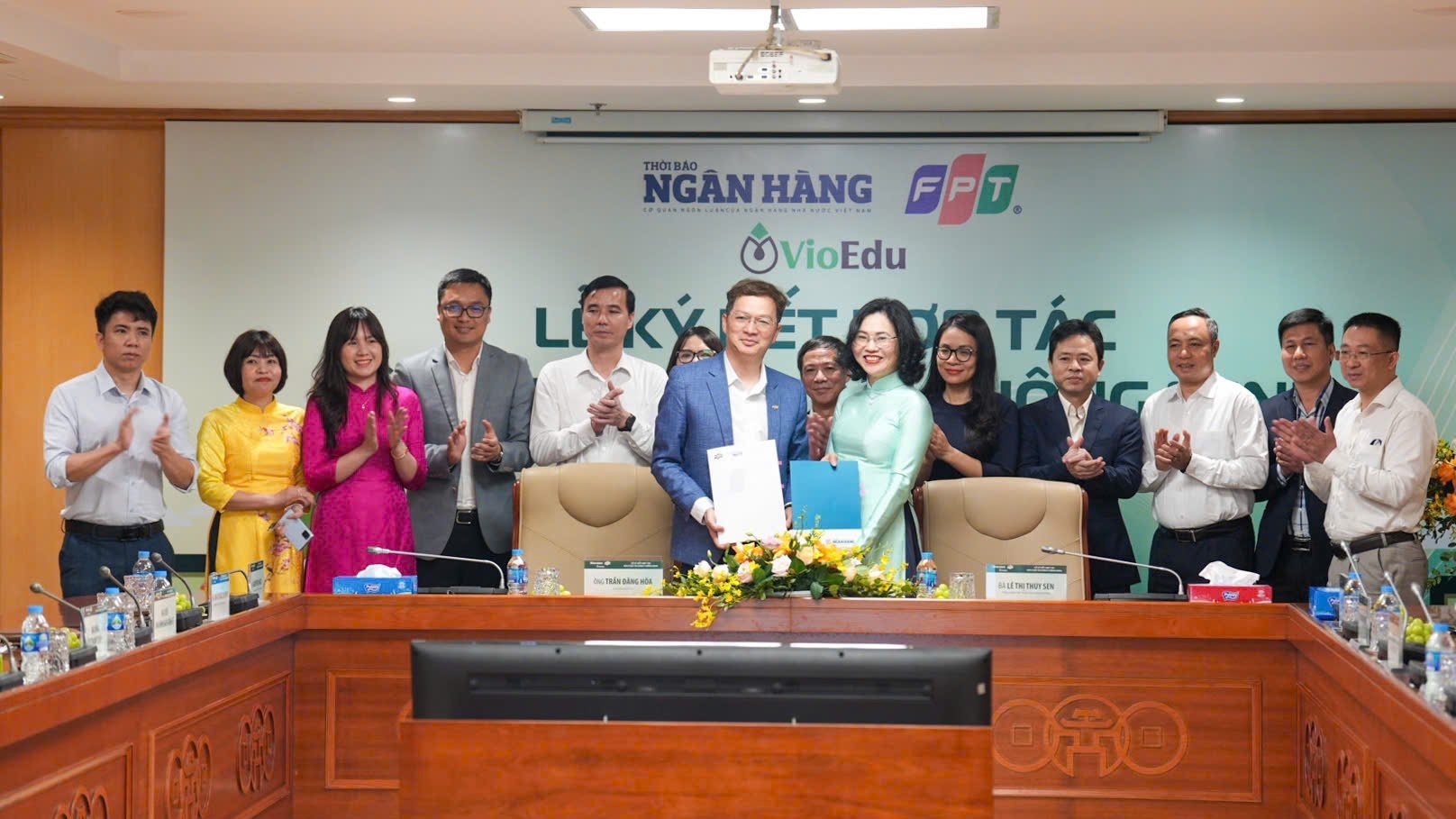
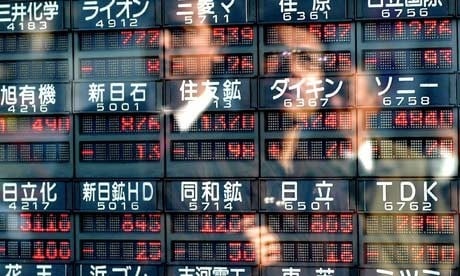
![[Photo] Summary of parade practice in preparation for the April 30th celebration](https://vstatic.vietnam.vn/vietnam/resource/IMAGE/2025/4/11/78cfee0f2cc045b387ff1a4362b5950f)












































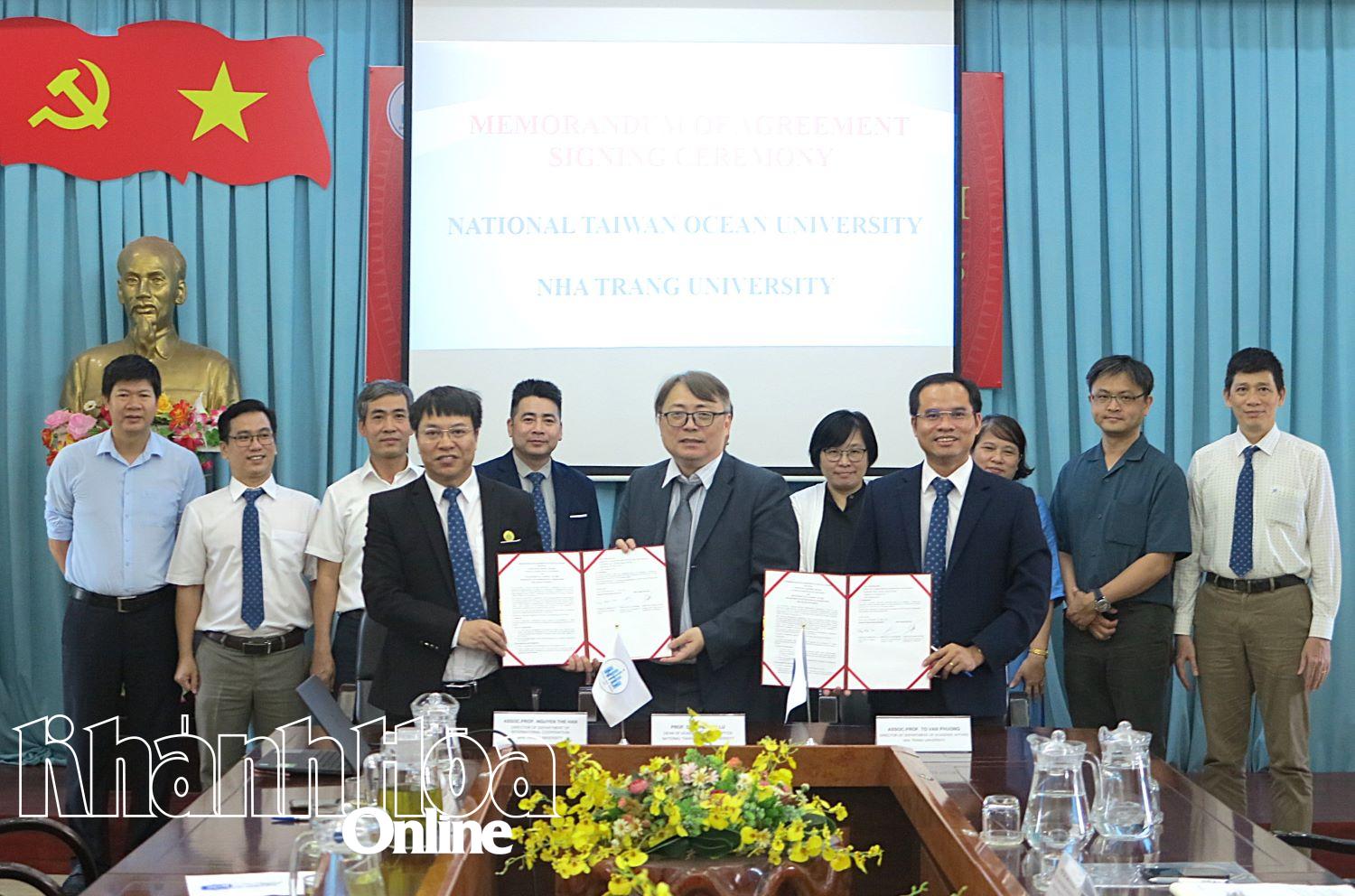

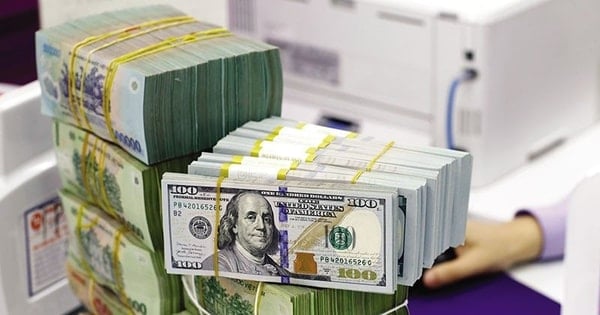

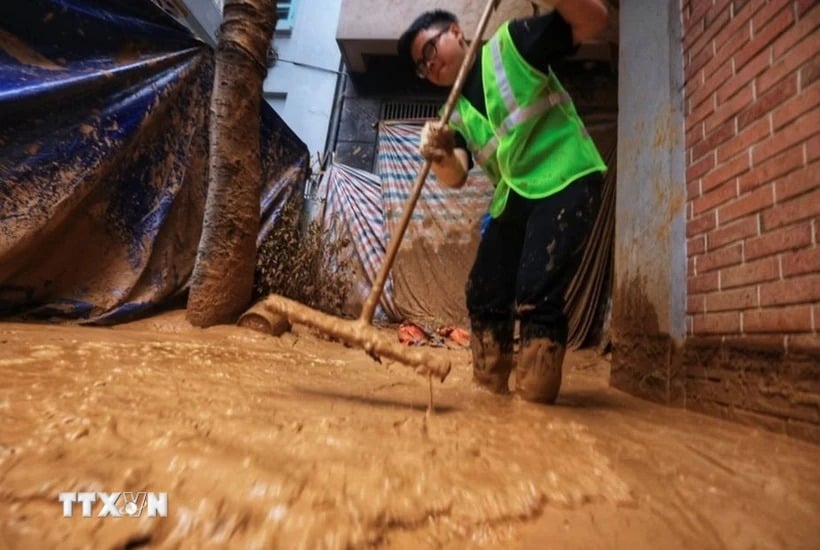

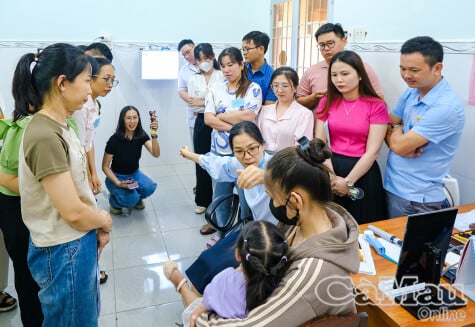











Comment (0)